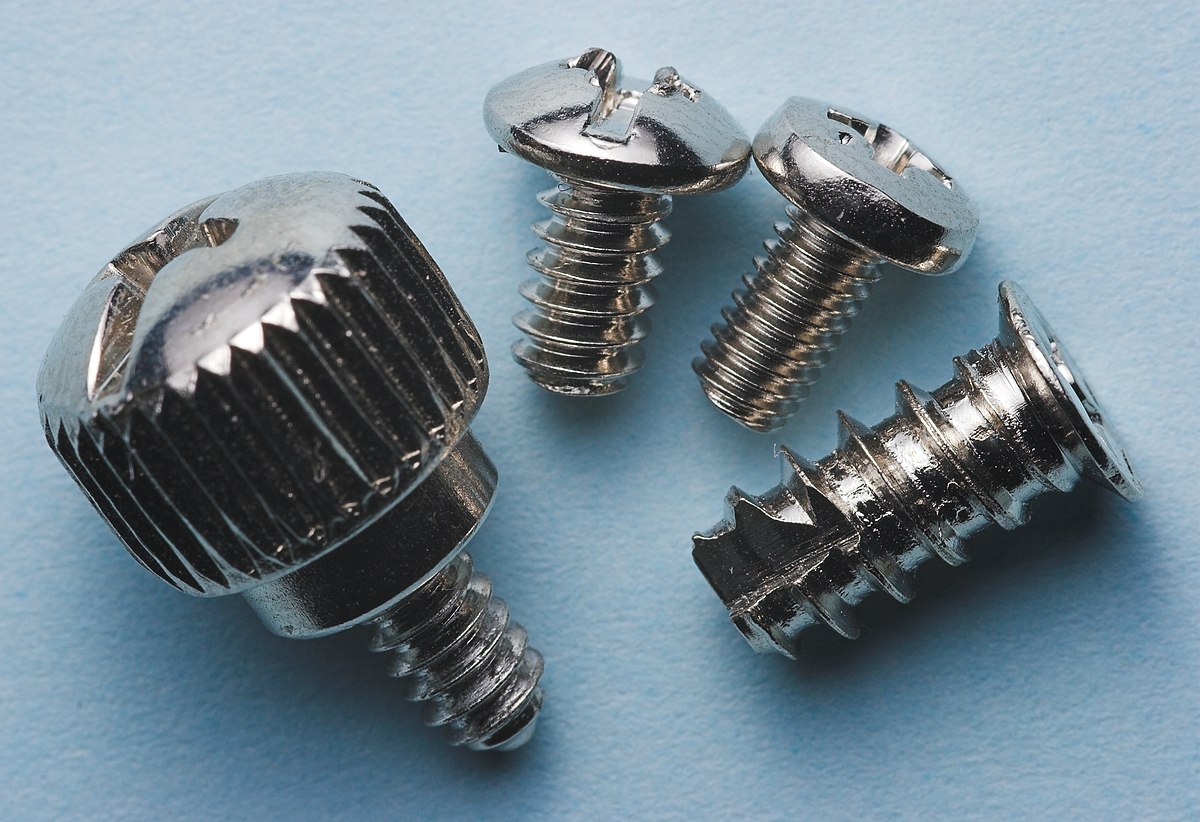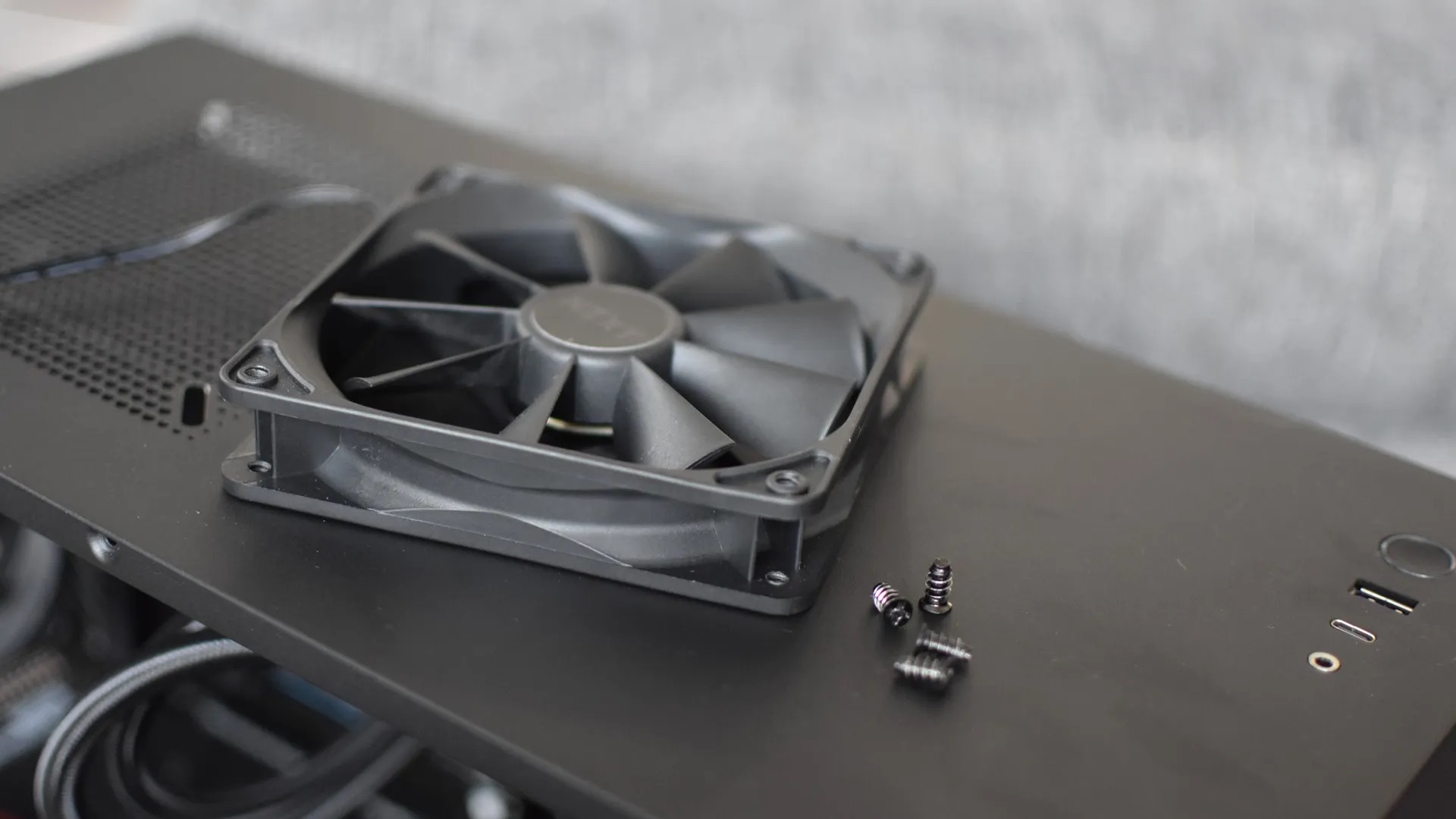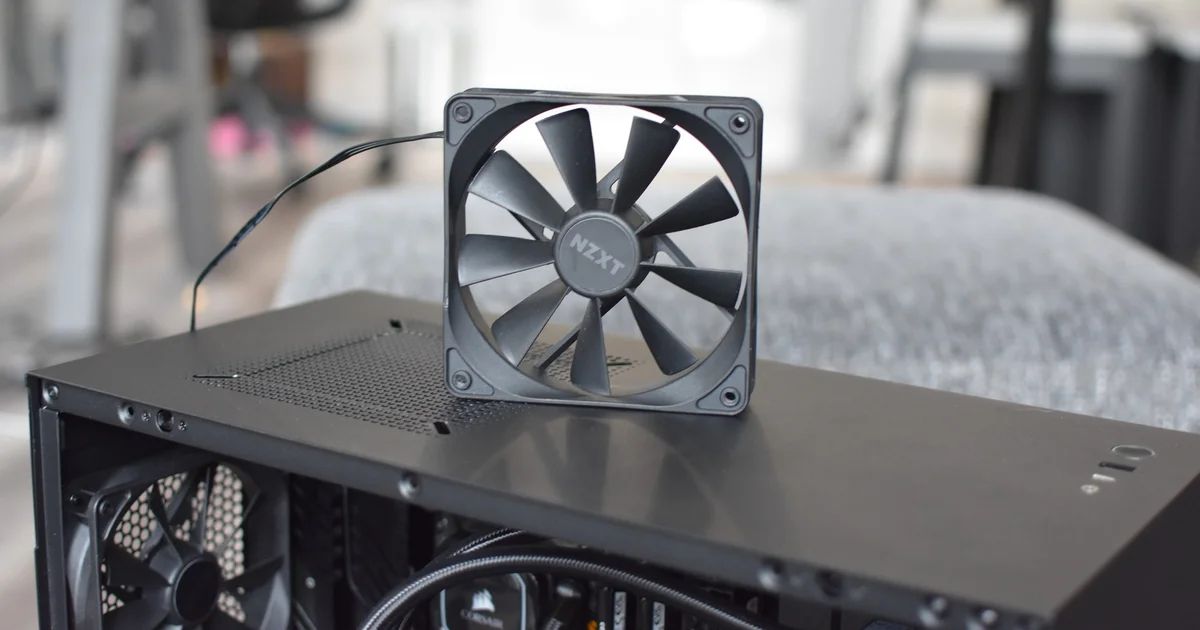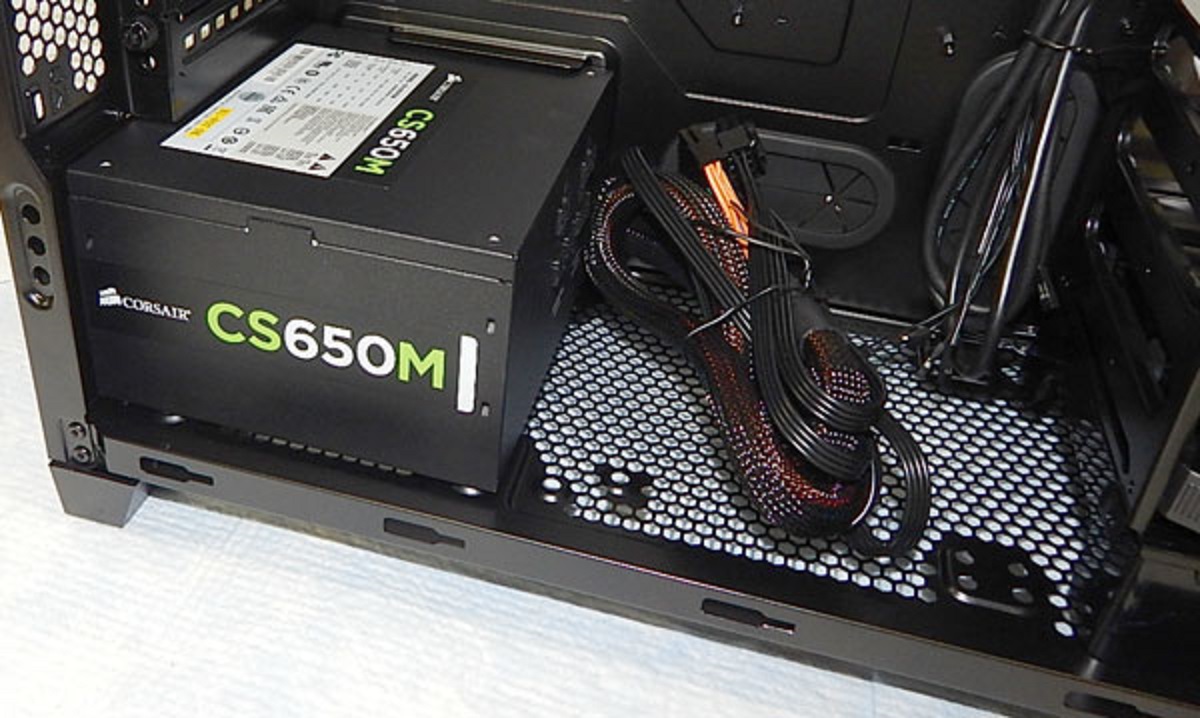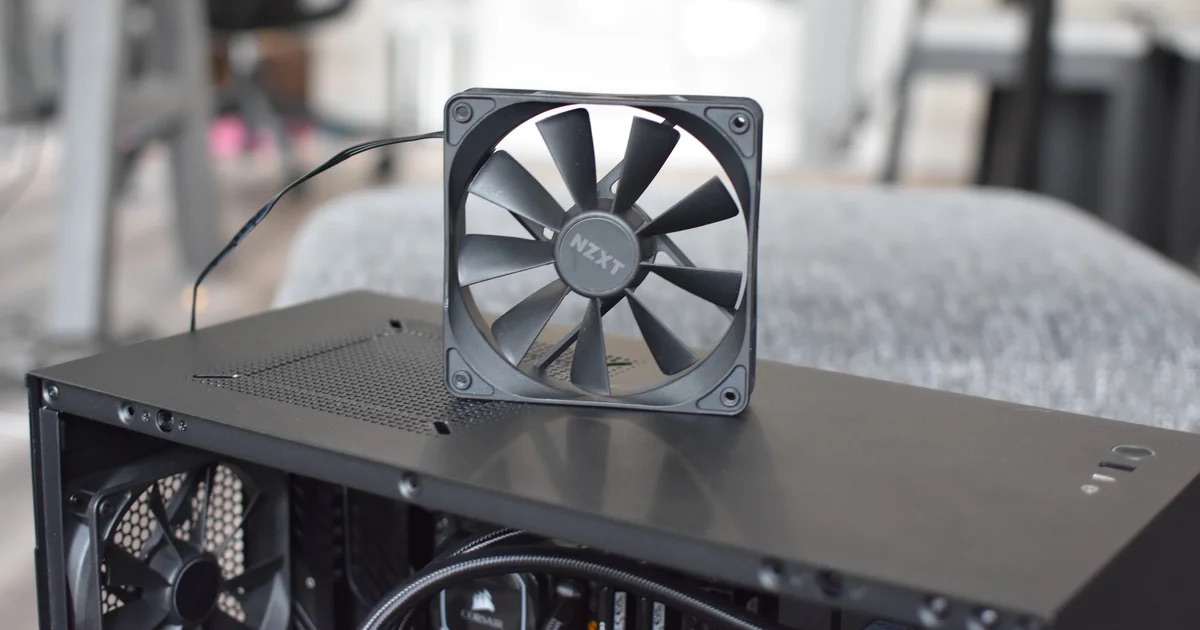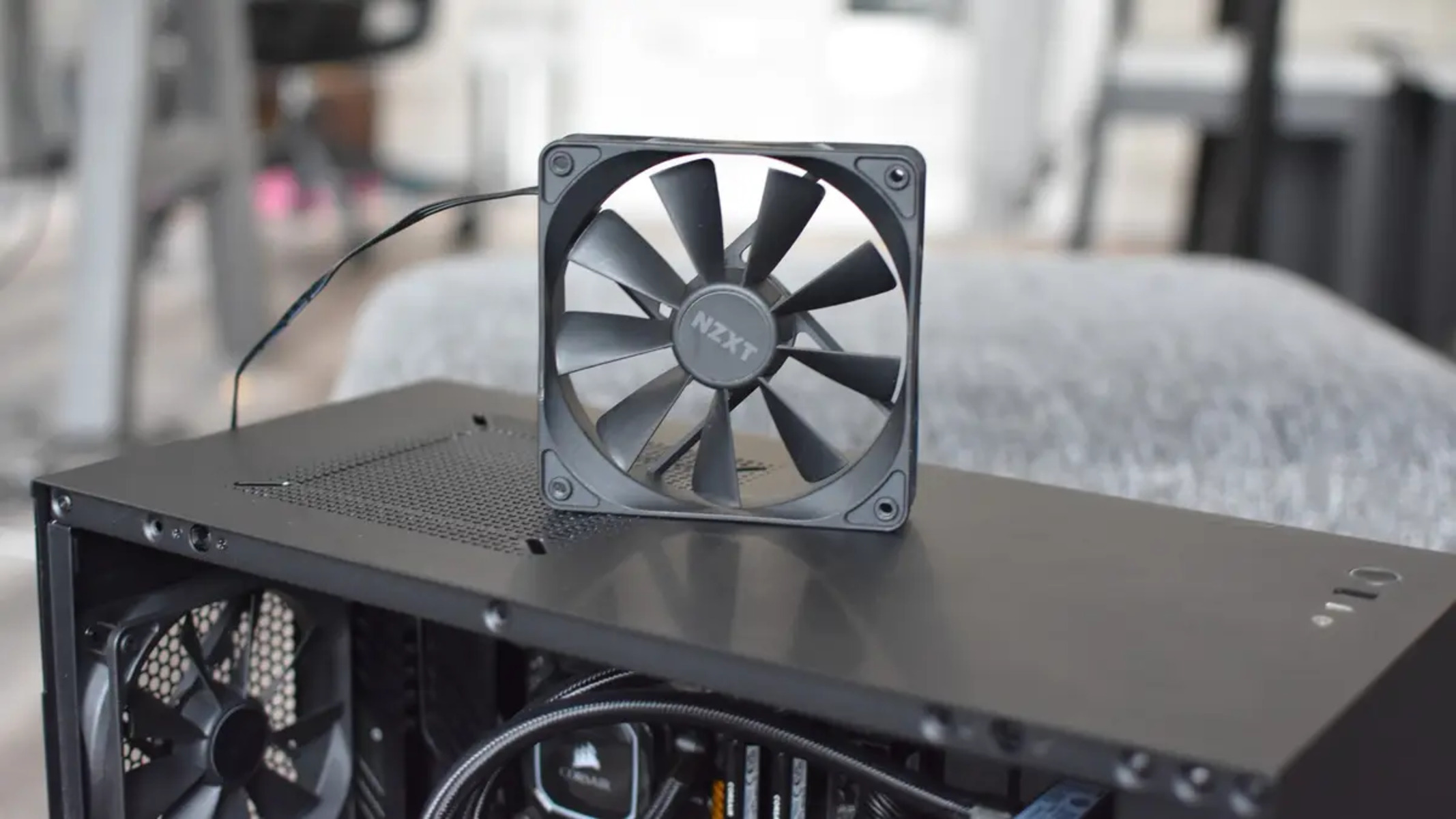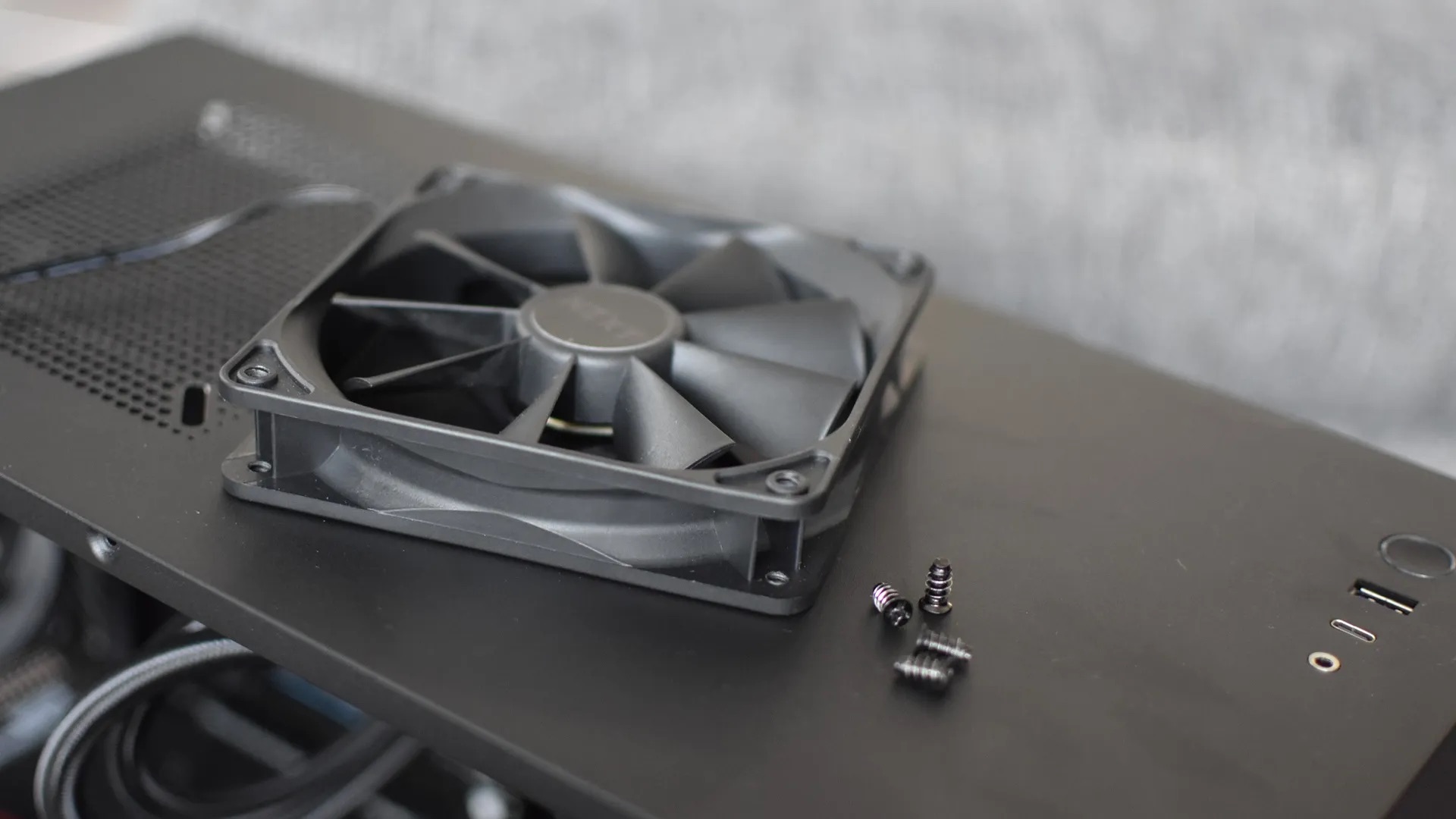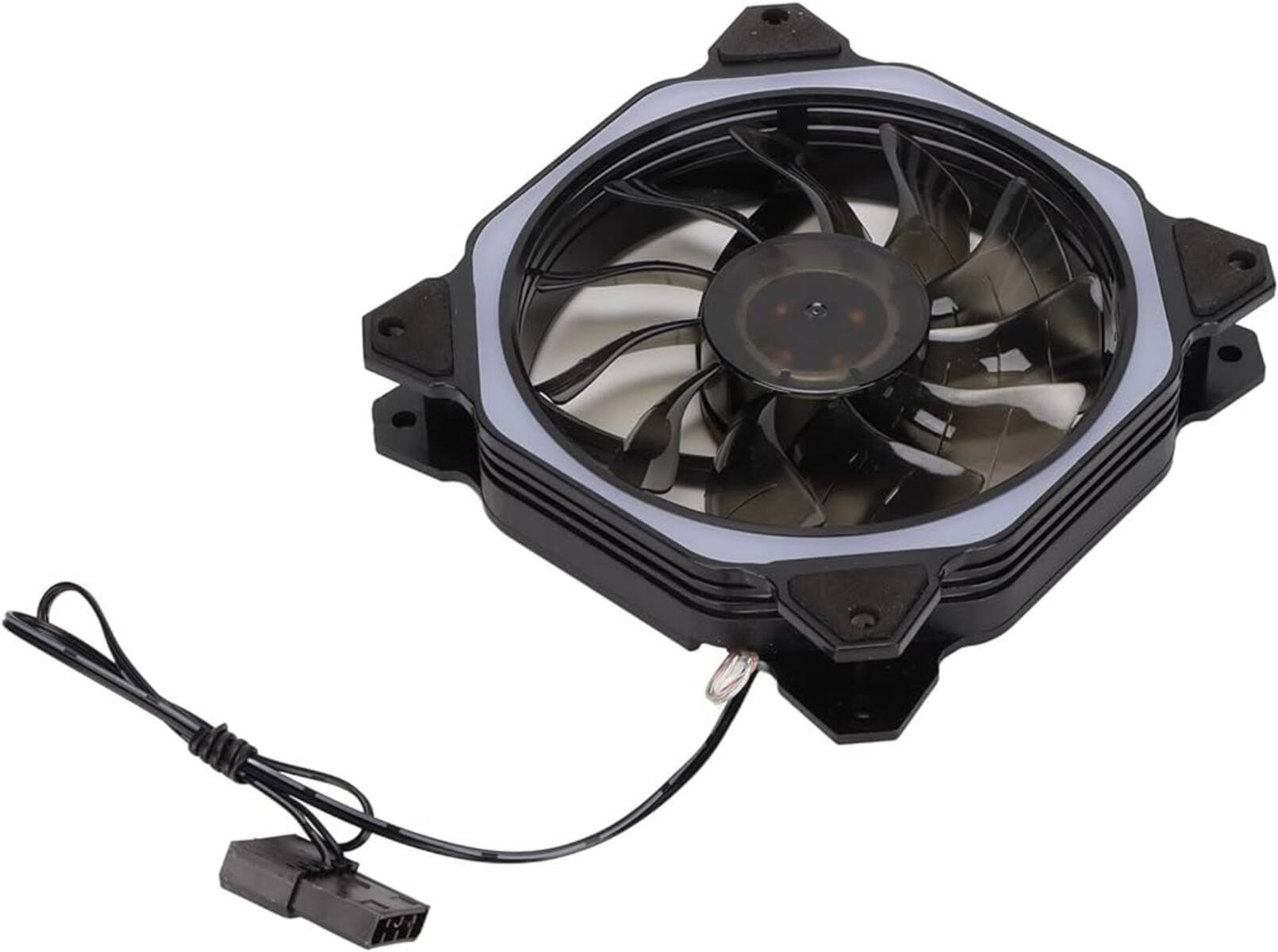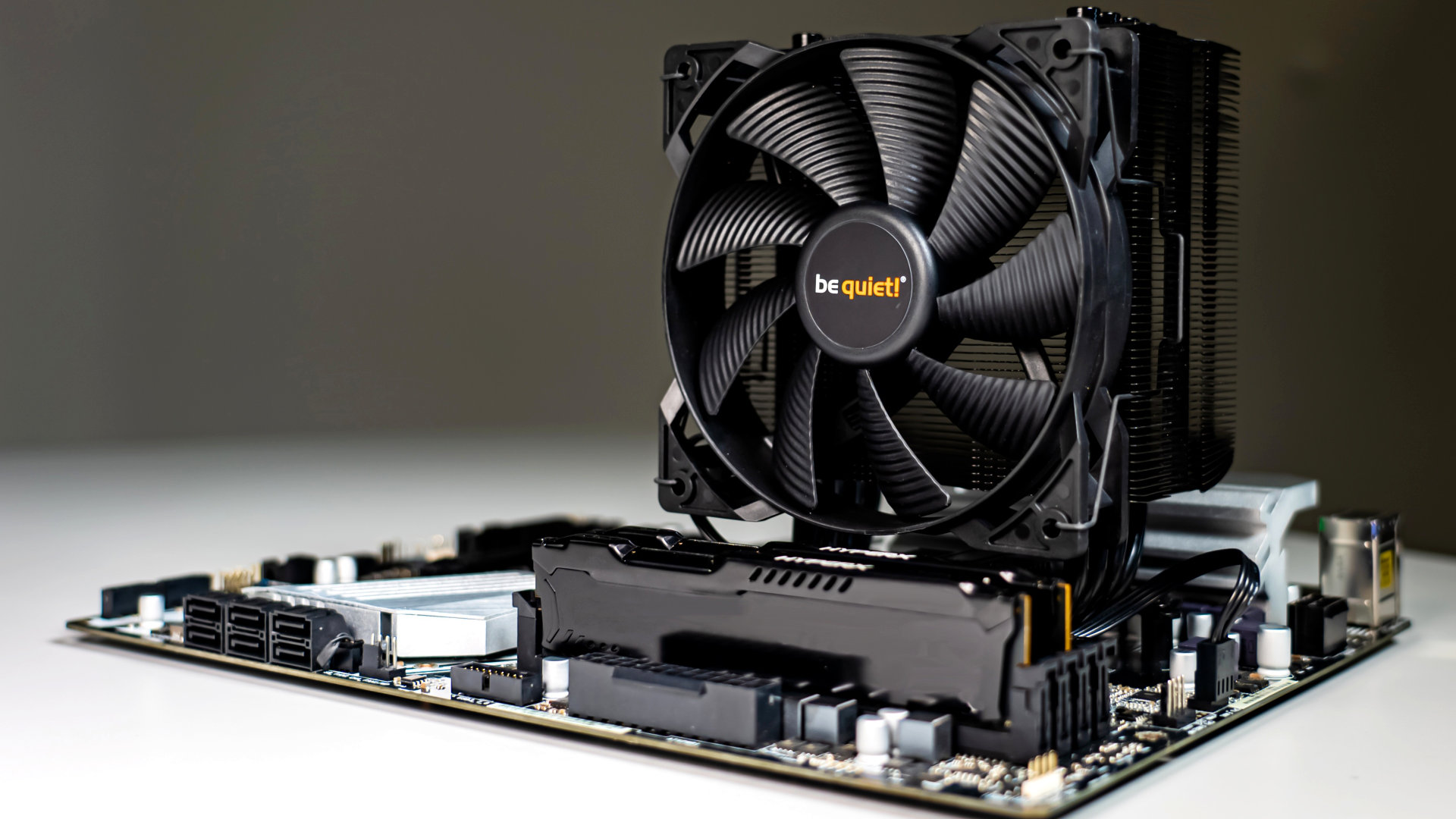Introduction
Welcome to our guide on case fan screws. If you’re a PC enthusiast or a DIY computer builder, you know how crucial proper cooling is for your system’s performance and longevity. Case fans play a vital role in maintaining the optimal temperature within your computer case, ensuring that your components stay cool even during intense tasks.
While case fans are undoubtedly important, equally important are the screws that hold them in place. Case fan screws are small but mighty, responsible for securely mounting your fans to the case. Without these screws, your case fans would not be able to function effectively, leading to inadequate cooling and potential damage to your hardware.
In this guide, we will delve into everything you need to know about case fan screws. We will discuss their standard size, the types available, and other considerations to keep in mind when choosing the right screws for your setup. So, whether you’re a seasoned PC builder or new to the world of computer hardware, let’s dive into the world of case fan screws and ensure your cooling system is up to scratch.
What are case fan screws?
Case fan screws are small metal fasteners specifically designed to secure case fans to the computer case. They are essential for keeping the fans in place, preventing them from vibrating or falling off during operation. These screws are typically made of stainless steel or zinc-plated steel, which provide durability and rust resistance.
Case fan screws come in various sizes and designs, but they all share the same purpose. They are compatible with standard fan mounting holes found on most computer cases and fans. These screws are often included when purchasing case fans, but it’s always a good idea to have a few extras on hand, especially if you plan on installing multiple fans or making changes to your cooling setup.
When it comes to case fan screws, it’s important to note that they are typically smaller and have finer threads compared to screws used for other purposes in computer hardware. This is to ensure a secure fit without damaging the fan or the case. Additionally, most case fan screws have a Phillips head or a hexagonal socket, making them easy to install and remove with appropriate tools.
Overall, case fan screws may seem like a small and insignificant component, but they play a vital role in keeping your computer cool and ensuring optimal performance. Without these screws, the fans would not be able to function properly, leading to inadequate airflow and potentially causing components to overheat. Therefore, it’s essential to understand the importance of case fan screws and choose the right ones for your specific needs.
Importance of case fan screws
Case fan screws may seem like small and insignificant components, but their importance should not be underestimated. These screws play a crucial role in maintaining the performance and longevity of your computer system. Here are a few reasons why case fan screws are important:
Securely Mounting the Fans: Case fan screws ensure that your fans are securely fastened to the computer case. This prevents any unnecessary movement or vibrations that can lead to noise and decreased cooling efficiency. Without proper mounting, the fans may become loose or fall off, resulting in inadequate airflow.
Preventing Damage to Components: Inadequate cooling can cause components to overheat, leading to reduced performance and potential hardware damage. Case fan screws keep the fans in place and ensure proper airflow, preventing heat buildup and protecting your valuable components.
Maintaining Optimal Temperature: Case fans work in conjunction with other cooling components, such as CPU coolers and graphics card fans, to dissipate heat generated by your hardware. The effectiveness of these cooling systems relies on the proper installation and positioning of the case fans, which is made possible by the use of case fan screws.
Easy Installation and Maintenance: Case fan screws are designed to be user-friendly, allowing for easy installation and removal of fans whenever necessary. This makes it convenient for PC enthusiasts and DIY builders to upgrade or replace fans without any hassle.
Vibration Reduction: By securely mounting the fans to the case, case fan screws help reduce vibrations that can cause annoying noises during operation. Without proper mounting, vibrations can transfer to the case, resulting in a noisier computer system.
Overall, case fan screws are not just simple screws; they are essential components that contribute to the overall cooling performance of your computer system. By securely mounting the fans, preventing damage, maintaining optimal temperatures, and reducing vibrations, case fan screws play a crucial role in keeping your hardware running smoothly and efficiently.
Standard size of case fan screws
When it comes to the standard size of case fan screws, there are a few key measurements to consider: the diameter, the length, and the thread type.
The most common diameter for case fan screws is 3mm. This size provides a balance between strength and compatibility with most case fans and mounting holes. However, it’s important to note that some larger fans may require screws with a 4mm diameter.
The length of case fan screws can vary depending on the thickness of the fan and the mounting location. Typically, screws ranging from 10mm to 25mm in length are commonly used. It’s important to choose a length that allows the screw to securely fasten the fan to the case without protruding too far or damaging the components inside.
When it comes to the thread type, the most commonly used is the coarse thread (UNC/Unified Thread Standard). These threads are compatible with the majority of case fan mounting holes and are easy to install and remove. However, some fans may require fine thread (UNF/Unified Fine Thread) screws, so it’s important to check the specifications of your specific case fans.
It’s worth noting that manufacturers may include case fan screws with their fans, but it’s always a good idea to have a few spare screws on hand in case you need to replace or add additional fans to your system.
When selecting the standard size of case fan screws, it’s essential to consider the compatibility of the screws with your specific case and fans. It’s recommended to consult the user manual or the manufacturer’s specifications for both the case and the fans to ensure that you choose the appropriate diameter, length, and thread type of screws. This will ensure a secure and proper fit, allowing the fans to operate effectively and efficiently.
Types of case fan screws
Case fan screws come in different types to accommodate various mounting setups and preferences. Let’s explore some of the common types of case fan screws:
Traditional screws: These are the standard case fan screws that come with a Phillips head or a hexagonal socket. They are compatible with most case fan mounting holes and provide a secure fit. These screws are easy to install and remove with the appropriate tools.
Thumb screws: Thumb screws offer a more convenient and tool-free installation experience. These screws have enlarged heads that can be tightened or loosened by hand, eliminating the need for a screwdriver or other tools. Thumb screws are popular among PC enthusiasts who frequently adjust or swap out their case fans.
Rubberized screws: Rubberized screws, also known as anti-vibration screws, have a rubber coating or washer that helps reduce vibrations and noise. These screws are designed to minimize the transmission of vibrations from the fan to the case, resulting in a quieter operation. Rubberized screws are particularly useful for situations where noise reduction is a priority.
Silicone screws: Similar to rubberized screws, silicone screws are designed to reduce vibrations and dampen noise. These screws are made entirely of silicone material, providing excellent vibration isolation. Silicone screws are ideal for those seeking maximum vibration reduction and a virtually silent operation.
Fan mounts: Fan mounts are an alternative to traditional screws, offering a flexible and versatile mounting solution. These mounts consist of rubber or silicone brackets that secure the fans to the case without the need for screws. Fan mounts absorb vibrations and provide a more secure fit, while also simplifying the installation process.
Each type of case fan screw has its advantages and is suited to different preferences and requirements. Traditional screws are reliable and widely compatible, while thumb screws offer quick and tool-free fan installation. Rubberized and silicone screws prioritize noise reduction and vibration dampening. Fan mounts provide flexibility and ease of installation. Consider your specific needs and preferences when selecting the type of case fan screws that best suit your system.
Other considerations when choosing case fan screws
When selecting case fan screws, there are a few additional factors to consider besides the size and type of screws. These considerations can help ensure optimal compatibility and functionality:
Material and Durability: Pay attention to the material of the screws to ensure durability and longevity. Stainless steel and zinc-plated steel screws are common choices due to their strength and resistance to rust. High-quality screws will provide a secure and reliable mounting solution for your case fans.
Thread Length: Consider the thread length of the screws in relation to your specific case and fan setup. The thread should be long enough to securely fasten the fan to the case without being too long that it interferes with internal components. Carefully assess the thickness of your case fans and the available clearance space before choosing the appropriate thread length.
Tool Compatibility: Ensure that the screws you choose can be easily tightened and loosened with the tools you have. If you prefer tool-free installation or frequently adjust your fans, thumb screws or fan mounts may be a more suitable option for you. Otherwise, ensure you have the necessary tools, such as a Phillips head screwdriver or a hexagonal socket, to work with the chosen screws.
Fan Size and Weight: Consider the size and weight of your case fans when selecting screws. Larger fans or fans with hefty heatsinks may require longer and stronger screws to ensure a secure fit. It’s crucial to choose screws that can support the weight of the fan and any additional components attached to it.
Noise Reduction: If noise reduction is one of your priorities, consider using rubberized screws, silicone screws, or fan mounts. These options help reduce vibrations and minimize fan noise, resulting in a quieter and more enjoyable computing experience.
Manufacturer Recommendations: Always refer to the manufacturer’s guidelines and specifications for both the case and the fans when selecting the appropriate screws. Manufacturers often provide recommendations for the specific size, type, and length of screws that are compatible with their products. Following their recommendations ensures proper installation and optimal performance.
By considering these factors, you can choose case fan screws that not only fit your case and fans but also provide a secure and reliable mounting solution, reducing the risk of vibrations, noise, and potential hardware damage.
Conclusion
Case fan screws may seem like small and often overlooked components, but they play a significant role in maintaining optimal cooling performance in your computer system. These screws securely mount the case fans, ensuring proper airflow and preventing damage to your valuable hardware.
When choosing case fan screws, consider the standard size, such as the diameter, length, and thread type, to ensure compatibility with your fans and case. Additionally, take into account the specific requirements of your setup, including the material, tool compatibility, fan size, weight, noise reduction, and manufacturer recommendations.
Whether you opt for traditional screws, thumb screws, rubberized screws, silicone screws, or fan mounts, each type provides its benefits in terms of installation convenience, vibration reduction, noise dampening, or flexibility. Choose the screws that align with your preferences and system requirements.
Remember to always refer to the manufacturer’s guidelines and specifications for both the case and fans, as they provide valuable information regarding compatible screws and proper installation methods.
In conclusion, case fan screws are not to be overlooked when it comes to assembling and maintaining a well-cooled computer system. By selecting the appropriate screws and ensuring secure mounting, you can enjoy efficient cooling, reduced noise, and the overall longevity of your hardware.







